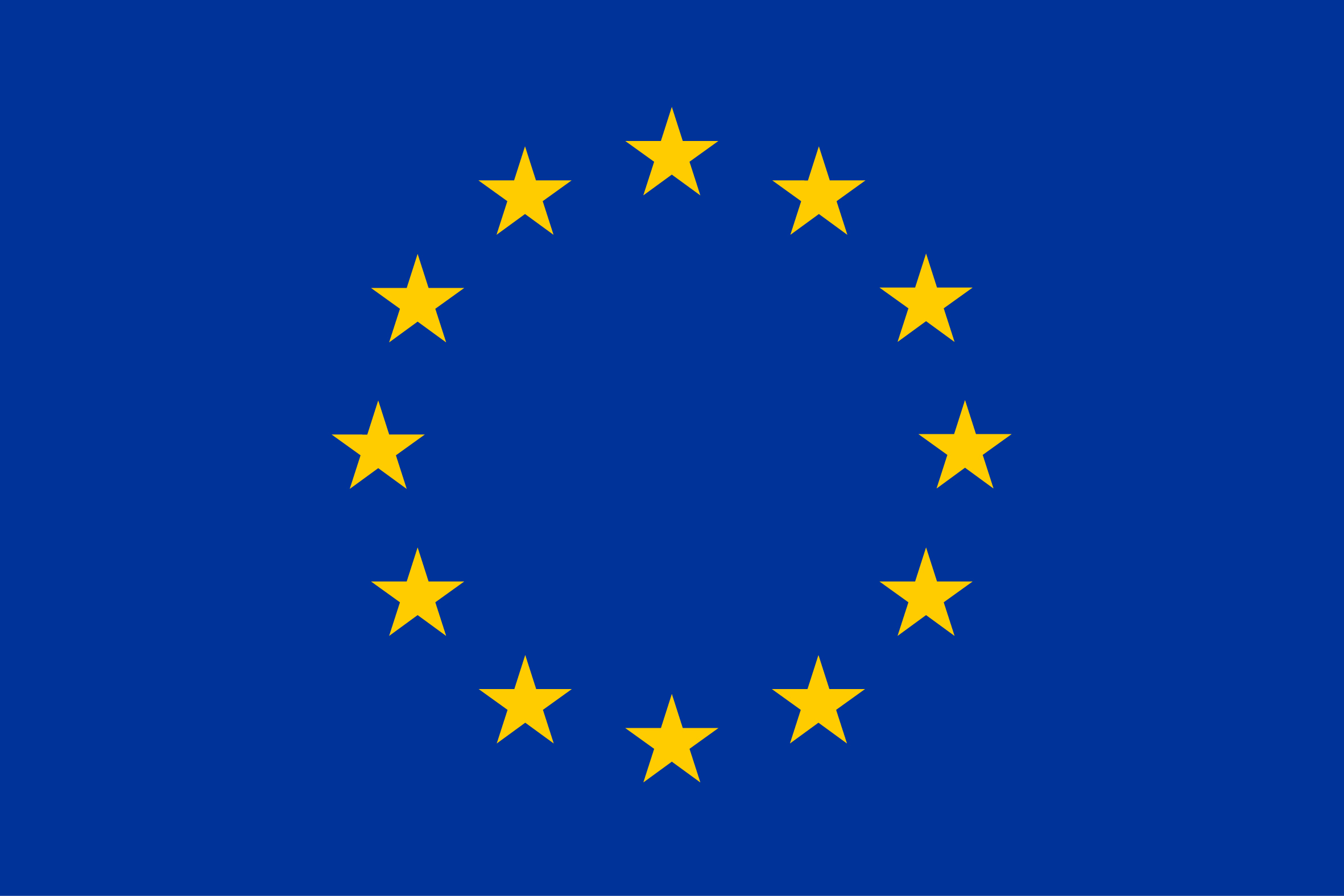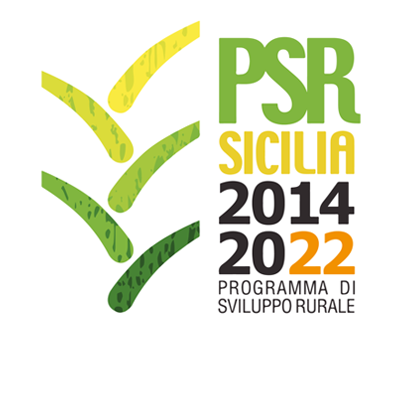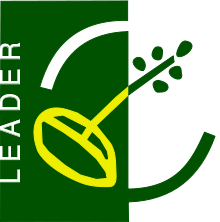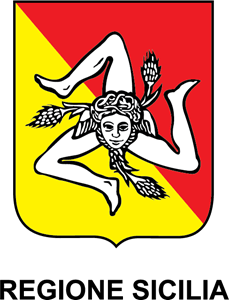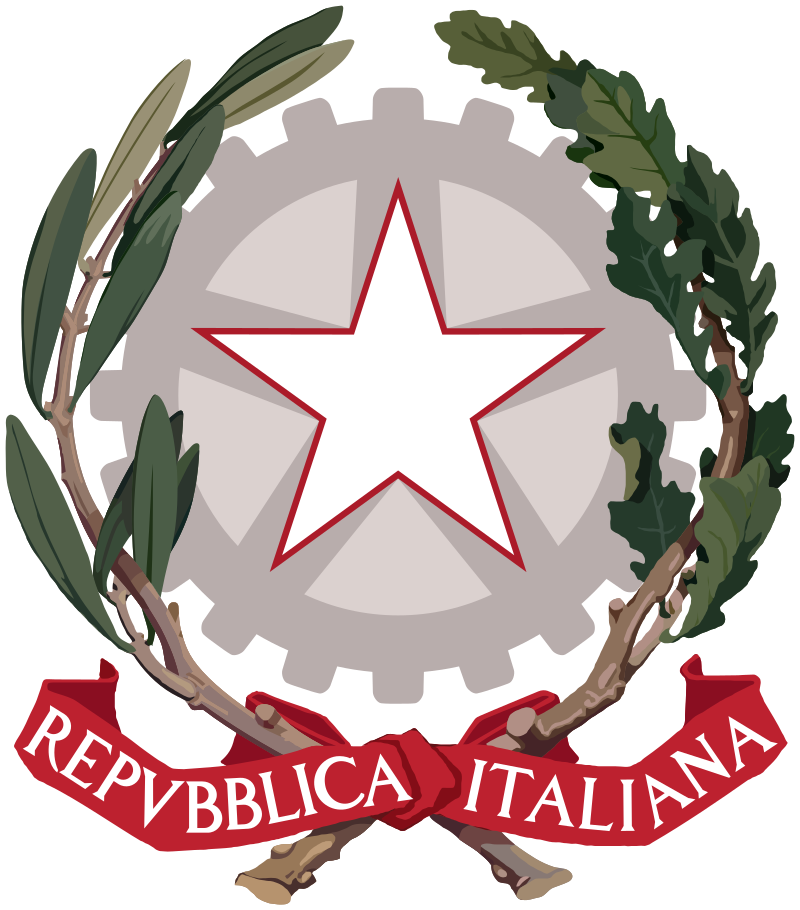Saanen
Country
Specie
ISO3
IDN
Transboundary name
Saanen
Breed classification (adaptedness)
Locally adapted
Breed classification (geographic)
International
Adaptability to specific environment
This breed is better adapted to the cooler highlands.
Specific reproductive characteristic
The reproductive abilities of this breed are moderate.
Special characteristic of product
Animals of this breed are very good milk producers.
Color comments
uni coloured: white
Number of horns males
2
Number of horns females
0
Horn shape size and comments
small V-shaped horns that point backwards
Wither height males
75
Wither height females
60
Weight males
65.00
Weight females
50.00
Other specific visible traits
medium sized body, big udder with big sharp coned teats
Herdbook
n
Domestication status
domestic
Taxonomic classification
Breed
Description of origin
imported from Australia
Year of origin
1975
Location within country
Java
Local cryo conservation status
Sufficient
Local Risk
Unknown
Detailed local risk status
Unknown
International Transboundary Risk detailed
Not at Risk
Panorusan Samosir
Country
Specie
ISO3
IDN
Language
Indonesia
Other name
Batak Goat, White Goat
Breed classification (adaptedness)
Locally adapted
Breed classification (geographic)
Local
Additional information
Selected mainly for white color
Additional information comments
Body length is similar to Kacang and shorter than Ettawa goats
Adaptability to specific environment
Goats are well adapted to tropical environment
Specific resistance or tolerance
The breed is susceptible to scabies
Specific reproductive characteristic
Moderate prolificacy
Color comments
White, Black and White
Number of horns males
0
Number of horns females
0
Horn shape size and comments
length 7.61 ± 4.23 cm
Wither height females
50
Weight males
28.67
Weight females
21.60
Other specific visible traits
The goats are of small size comparable to Kacang goats
Herdbook
n
Description of origin
Native goat meat breed and adapted for generation in Samosir Island.
Location within country
Samosir District, North Sumatera Province
Local cryo conservation status
No Material
Local Risk
Not at Risk
Detailed local risk status
Not at Risk
Montgomery
Country
Specie
ISO3
IDN
Breed classification (adaptedness)
Exotic
Breed classification (geographic)
Local
Number of horns males
0
Number of horns females
0
Domestication status
domestic
Taxonomic classification
Breed
Location within country
Java
Local cryo conservation status
No Material
Local Risk
Unknown
Detailed local risk status
Unknown
Marica
Country
Specie
ISO3
IDN
Language
Indonesia
Description
Marica goat originated from South Sulawesi province
Breed classification (adaptedness)
Locally adapted
Breed classification (geographic)
Local
Adaptability to specific environment
Well adapted to low feed quality, hot climate and parasites
Specific reproductive characteristic
The reproductive ability of this breed is good
Color comments
Combination of black and brown, with patches of white. Some have white with patches of black or brown
Number of horns males
2
Number of horns females
2
Horn shape size and comments
Horns are small, sometimes outer curve or protrude
Wither height males
57.6
Wither height females
55.7
Weight males
22.80
Weight females
20.60
Other specific visible traits
Animals have wattles on the neck with erect ears
Herdbook
n
Description of origin
This local breed goat goat is originally derived from bean goat (kacang goat) and adapted by generations in Jeneponto and coastal Maros, South Sulawesi Province.
Location within country
Mainly in Maros, Jeneponto, Soppeng and Makassar Districs in South Sulawesi Province.
Local cryo conservation status
Sufficient
Local Risk
Unknown
Detailed local risk status
Unknown
Lakor
Country
Specie
ISO3
IDN
Language
Indonesia
Description
Lakor goat originated from Southwest Maluku district, Maluku Province
Breed classification (adaptedness)
Locally adapted
Breed classification (geographic)
Local
Additional information
Consider to be moderate big type of goats
Additional information comments
Adaptive to harsh environment with low quality of feeds
Adaptability to specific environment
Well adapted to extreme hot climate
Specific resistance or tolerance
Tolerance to low feed quality
Specific reproductive characteristic
The reproductive ability of this breed is good
Color comments
dominant body of a plain color combinations and black and white striped
Number of horns males
2
Number of horns females
2
Horn shape size and comments
the horn is small, pointing upwards and backwards
Wither height males
86
Wither height females
82
Weight males
70.00
Weight females
47.00
Other specific visible traits
Body shape and ears are closer to Etawah Grade goat.
Herdbook
n
Description of origin
This local breed goat is originally brought by the Arab merchants as a bartertool, then adapted through generations in Lakor Island, Southwest Maluku District, Maluku Province.
Import
Arabian trader
Location within country
Mainly in Lakor Island, South West Maluku District, then spreads to East Timor, NTT, NTB, Ambon and Papua.
Local cryo conservation status
No Material
Local Risk
Unknown
Detailed local risk status
Unknown
Kosta
Country
Specie
ISO3
IDN
Language
indon.
Description
crossbreeding Kacang goat with goat one clump of imports (Khasmir / Angora / Etawah)
Other name
Kosta
Breed classification (adaptedness)
Locally adapted
Breed classification (geographic)
Local
Color comments
multi coloured: dominantly dark brown to black with some white
Number of horns males
2
Number of horns females
2
Horn shape size and comments
small, short horns
Wither height males
60
Wither height females
55
Weight males
40.00
Weight females
25.00
Other specific visible traits
Kosta goats are generally bigger than Kacang.
Herdbook
y
Domestication status
domestic
Taxonomic classification
Breed
Description of origin
Kosta has probably been developed from Kacang and Kasmir (Cashmere) goats. Cashmere goats were imported from 1908 to 1927.
Year of origin
1908
Location within country
Mainly in districts of Pandeglang, Serang and Tangerang, province of Banten
Local cryo conservation status
No Material
Local Risk
Unknown
Detailed local risk status
Unknown
Kejobong
Country
Specie
ISO3
IDN
Language
Indonesia
Description
Following the name of forming this local goat breed.
Breed classification (adaptedness)
Locally adapted
Breed classification (geographic)
Local
Additional information
Mature age 5 – 7 months First calving age 18 – 22 months Pregnancy length 149 – 155 days Litter size 2 – 3 heads Kidding intervals 3 times within 2 years, High adaptation to local environment.
Additional information comments
Used as meat type
Adaptability to specific environment
Adapted to high altitude
Specific resistance or tolerance
The goats are susceptible to scabies
Specific reproductive characteristic
The reproductive ability of this breed is good
Special characteristic of product
The Kejobong goat-meat in preferably used for special food in Banjarnegara
Color comments
Bold black, black with white stripped, white with black stripped, combination of brown-white-black stripped
Number of horns males
0
Number of horns females
0
Horn shape size and comments
Male with horn oriented to the backside and curved outside (54,90%). Female with horn straight toward to backside.
Wither height males
79.8
Weight males
41.14
Weight females
37.64
Other specific visible traits
Having spesific appearance on hair colour dominated by black colour
Herdbook
n
Description of origin
Crossing Etawa and/ or Benggala with Kacang goat and adapted for long generations in Purbalingga district.
Year of origin
1900
Import
Benggala goat could be imported during < year 1945
Location within country
Existing in 18 sub-districts of Purbalingga district of Central Java Province
Local cryo conservation status
No Material
Local Risk
Not at Risk
Detailed local risk status
Not at Risk
Kashmir
Country
Specie
ISO3
IDN
Language
indon.
Transboundary name
Cashmere
Other name
Cashmere
Breed classification (adaptedness)
Locally adapted
Breed classification (geographic)
International
Adaptability to specific environment
well adapted in cold environments
Color comments
uni colour: white, brown, black
Number of horns males
0
Number of horns females
0
Wither height males
65.59
Wither height females
54.82
Weight males
40.68
Weight females
20.10
Domestication status
domestic
Taxonomic classification
Breed
Location within country
Java
Local cryo conservation status
No Material
Local Risk
Unknown
Detailed local risk status
Unknown
International Transboundary Risk detailed
Critical
Kaligesing
Country
Specie
ISO3
IDN
Language
Indonesia
Description
bred by villagers Donorejo, Kaligesing district, Kab Purworejo
Other name
PE Kaligesing
Breed classification (adaptedness)
Locally adapted
Breed classification (geographic)
Local
Additional information
Adapted to heat stress, able to convert low quality feed
Additional information comments
Good adaptation to various management differences
Adaptability to specific environment
This breed is a type of etawah crossbred kept at special sub district of Kaligesing and used for milk production
Specific resistance or tolerance
Ressistance to bloat
Specific reproductive characteristic
Breed is classified as less prolific compared to Kacang goats
Color comments
coat colors combination of black and white or white chocolate
Number of horns males
2
Number of horns females
2
Horn shape size and comments
the horn is small
Other specific visible traits
great posture straight and sturdy. the ear width, length, hanging and fold the ends. hind legs long and hairy
Herdbook
n
Description of origin
Introduced to Indonesia from India around 1900
Import
From India
Location within country
Central Java, West Java, West Sumatera, Lampung.
Local cryo conservation status
No Material
Local Risk
Unknown
Detailed local risk status
Unknown
Gembrong
Country
Specie
ISO3
IDN
Language
Indonesia
Description
Gembrong has the meaning that the goat has long hairs all over the body and close up to the face.
Breed classification (adaptedness)
Native
Breed classification (geographic)
Local
Additional information
Slow reproduction rate
Additional information comments
Small size breed
Adaptability to specific environment
The breed is well adapted to lowland or sea shore villages.
Specific resistance or tolerance
This breed is susceptive to bloat.
Specific reproductive characteristic
This breed is low reproduction rate
Special characteristic of product
The hair is shaved every 6-8 months to be used as fishing lures for Tuna fishing.
Other special qualities
Hair is not used for fishing anymore
Color comments
uni coloured: white
Number of horns males
2
Number of horns females
0
Horn shape size and comments
small V-shaped horns
Wither height males
70
Wither height females
65
Weight males
45.00
Weight females
38.00
Other specific visible traits
bigger in size than Kacang, chubby face, long (20-22 cm) hairy wool of Angora or Cashmere type. The whole body is covered with long hair except the nose, ears and feet. Both male and female have beards. The neck is thin and short and they have small ears.
Herdbook
n
Description of origin
This local goat breed is expectedly as a native goat breed from Karangasem District, Bali Island.
Import
The breed may come from crossing betwee Angora and local goats
Location within country
Eastern part of Bali Island, especially in the villages of Bug-bug, Seraya, Culik, and Kubu in Karangasem District.
Local cryo conservation status
Sufficient
Local Risk
At Risk
Detailed local risk status
Critical Maintained
